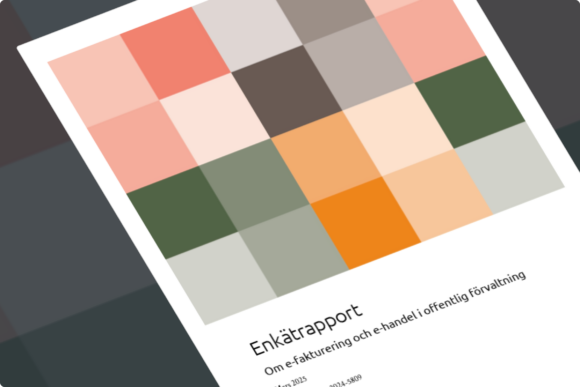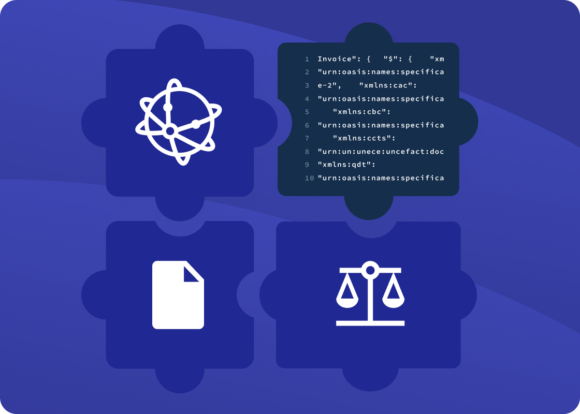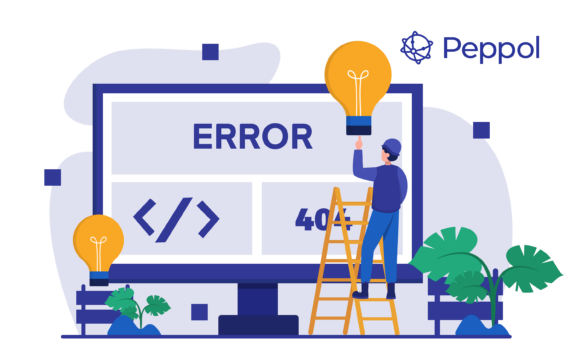
The European Commission has published a report on electronic invoicing in Europe, analyzing the effects of e-invoicing policy and adoption from the basis of the impactful Directive 2014/55/EU.
The report On the effects of Directive 2014/55/EU on the Internal Market and on the uptake of electronic invoicing in public procurement, published on February 19, 2024, summarizes the state of e-invoicing in the region and provides insights on the progress, learnings, and challenges of harmonizing trade and promoting digital transformation across Europe.
It was conducted by analyzing data and consulting stakeholders, including national authorities, SMEs, large enterprises, and industry professionals. This involved an external study, field research through surveys, interviews, and case studies across various countries. Here are the key findings.
Impactful policies
Despite several challenges described in the report, it is concluded that the European Union has taken significant steps toward the modernization of public procurement processes, with a particular focus on the adoption of e-invoices.
The e-invoicing directive
Directive 2014/55/EU was a milestone, aimed to eliminate internal market barriers and the obstacles businesses face due to different national e-invoicing rules and standards. The directive’s impact has been positive, marking a step forward regarding cross-border interoperability and the increased adoption of e-invoicing in public procurement.
It has also been recognized for contributing to international progress and fostering global interoperability. This achievement is highlighted by the widespread adoption of the Peppol Interoperability Framework beyond the European Union, in nations like Australia, Japan, Malaysia, New Zealand, and Singapore, broadening the directive’s scope and influence.
VAT in the Digital Age
The directive is closely connected to the 2022 VAT in the Digital Age (ViDA) legislative proposals from the European Commission, emphasizing the importance of e-invoicing. These proposals seek to update the EU VAT framework to tackle issues arising from the digital economy and to simplify VAT processes by introducing a unified VAT registration, eliminating the need for multiple registrations across the EU. Additionally, they plan to establish a VAT reporting mechanism for EU cross-border transactions, relying on e-invoicing and the European standard. Moreover, EU countries wishing to implement a VAT reporting system for domestic transactions will need to use e-invoicing as well. The proposals include a directive to make e-invoicing the standard invoicing method by January 2028.
Achieving interoperability and increasing uptake
One of the directive’s main objectives was to ensure interoperability of e-invoices across the EU. This was achieved by mandating that all public buyers accept e-invoices compliant with the European e-invoicing Standard. The measure not only improved interoperability but also led to a significant increase in the uptake of e-invoicing. By harmonizing technical requirements and standards, the report concludes that the EU has effectively prevented further fragmentation within the internal market, ensuring that transactions across member states are streamlined and less burdensome.
The Peppol paradigm
In 2008, the EU-funded Pan-European Public Procurement On-Line (later renamed Peppol) project was initiated by government agencies in 11 Member States to facilitate e-procurement across borders, building on the work of the European Committee for Standardisation (CEN). Now governed by the non-profit OpenPeppol, it provides a set of technical specifications that can be implemented in existing eProcurement solutions to make them interoperable, and it developed into a network of access points for the exchange of electronic business messages, including e-invoices.
The creation of Peppol, a European e-invoicing standard, has facilitated interoperability at both the semantic and syntax levels. This means that information contained in e-invoices can be understood and processed consistently across different systems and countries within the EU. However, the implementation of the directive revealed that achieving full interoperability also requires addressing transmission-level issues. This aspect remains a critical element for the seamless exchange of e-invoices across borders.
The impact on e-invoicing uptake
The directive anticipated a significant boost in the adoption of e-invoicing, particularly within business-to-government (B2G); the use of e-invoicing in public procurement has increased significantly, from 10% in 2013 to 32% in 2020.
The obligation for public authorities to accept compliant e-invoices was expected to drive this increase. Some member states have seen a 100% adoption rate in e-invoicing for B2G transactions, particularly those that mandated its use or were already digitally advanced.
Cutting costs with e-invoicing
Estimates in the report suggest that digitizing and automating the invoicing process yields quantifiable advantages, with savings of approximately EUR 5.28 for each e-invoice issued and EUR 8.4 for every e-invoice received, based on an hourly labor cost of EUR 46. Furthermore, automating the full order-to-cash and purchase-to-pay cycle results in even more significant savings.
While there has been a noticeable increase in e-invoicing adoption across Europe, the report concludes that it has yet to become the predominant invoicing method. The growth of e-invoicing and other electronic business messages will continue for years.
Addressing the challenges
Despite the achievements, challenges persist on an EU level. The report states that the need for further efforts to stimulate e-invoicing uptake across the region is evident. Additionally, fostering interoperability remains a priority to ensure that the benefits of e-invoicing can be fully realized across all member states. These challenges highlight the ongoing journey towards digital transformation in public procurement within the EU.
Uneven progress
All member states have implemented the directive into national laws, but progress is uneven. 17 out of 27 EU countries have made it mandatory for suppliers to issue e-invoices to the public sector, fully in 13 and only partially in four countries.
To promote further transparency, improved statistics are needed. There is no obligation for the EU countries to report on transactions, only a few national authorities provided detailed information, and even fewer at the cross-border level.
As the EU continues to implement, the common goal remains clear: to create a more efficient, transparent, and harmonized public procurement environment. The progress made under the directive is commendable, but the way forward requires continued commitment to innovation and collaboration for a widespread adoption of e-invoicing.
Future outlook on e-invoicing
The report emphasizes that emerging technologies and the broader digital transformation are driving the evolution of e-invoices.
- As propagated by Qvalia, the precision in GHG reporting could be enhanced by reporting emissions at the item level on e-invoices, thereby improving environmental responsibility.
- Using e-invoice data to pre-fill digital VAT returns for tax purposes helps streamline business compliance.
- Predictive tax analyses, enabled by Artificial Intelligence (AI), could facilitate accurate tax predictions for businesses and individuals.
- In fighting fraud, AI-powered semantic analysis, machine learning, and data mining techniques applied to structured e-invoices improve surveillance and precision.
- With instant data exchange, enabled by e-invoice data, a reliable source for business transaction details can ease administrative tasks and provide insightful sales and purchase analytics.
- Blockchain technology in invoice financing creates unique digital identifiers for each e-invoice, mitigating the risk of cross-border duplicate invoice financing.
These developments are fundamentally transforming e-invoicing, with the EU and its member states needing to continue the collaboration to create optimal conditions for governments, businesses, and innovators.


